Apps are what make a smartphone truly smart. And Apple’s App Store is known to have a vast app library from which you can download a variety of apps on your iPhone. But the whole point of your smartphone gets defeated if you cannot even perform this basic function on your iPhone.
Unfortunately, that’s how it is going for a lot of iPhone users lately. Not being able to download or update apps on your iPhone can not only be frustrating but it will hamper your daily life as well. There are many essential apps we use in our day-to-day to perform critical tasks such as banking, finance management, health tracking, navigation, etc. Not being able to use them will significantly deter our life. Luckily, it’s easy to fix this issue.
Why is My iPhone Not Downloading Apps?
There can be many reasons why you’re facing this issue. It could be a software bug, there could be issues with your Apple ID, your iPhone might run low on storage, your iPhone settings could be misconfigured, or there could be some violation of App Store conditions.
Whatever the issue may be, below is a list of fixes that will help you resolve the problem on your iPhone.
Pause and then Resume the Download
In case you have shifted from cellular data to a Wi-Fi network or vice versa and the download seems to be stuck for a while., you can simply pause the download and then resume it to force download it.
Navigate to the downloading app on your Home Screen/ App Library and tap on it to ‘Pause’ the download.

Then, wait for a few minutes and tap on it again to resume the download.
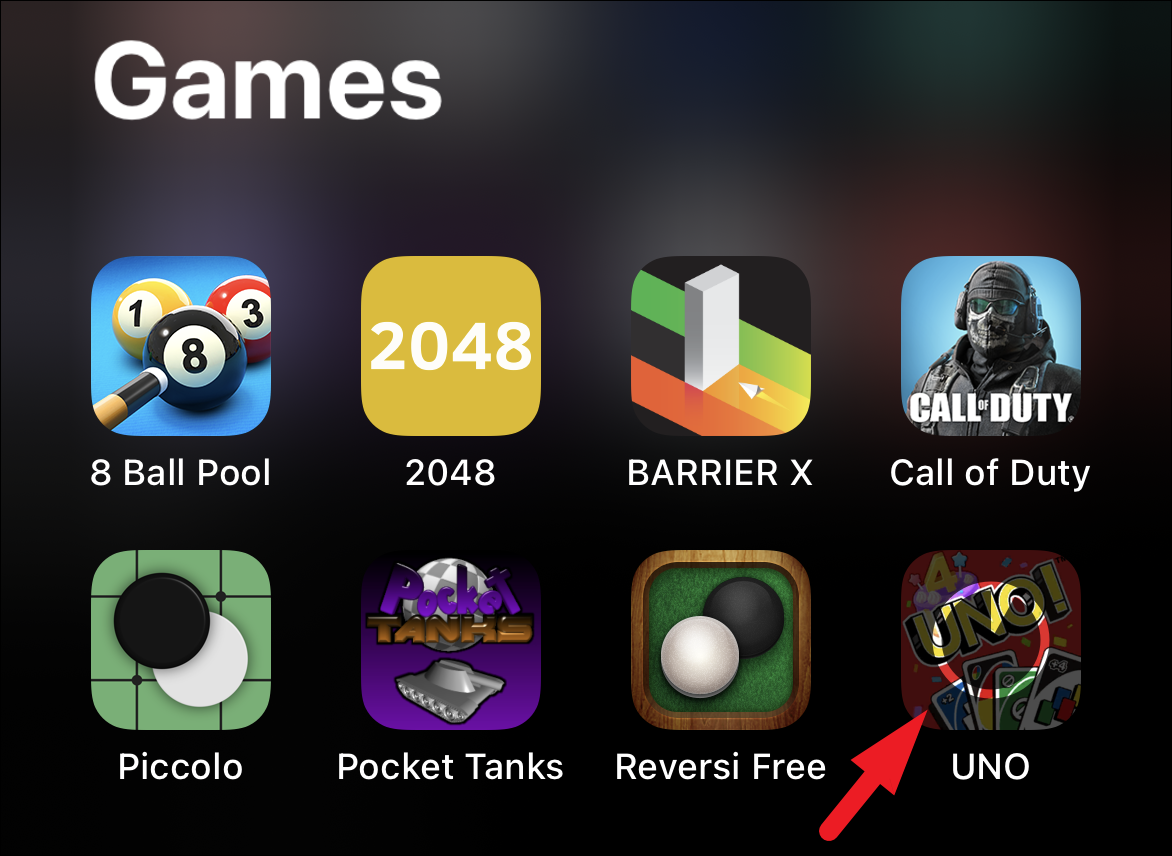
This should resume the download of the app on your device.
Connect to a Wi-Fi Network
If the app you are trying to download is too large in file size, and you are connected to the Internet via cellular data, then iOS itself might be restricting the download of the app. Hence, connecting to a Wi-Fi network will resolve the problem if this is the case.
To connect to a Wi-Fi network, pull down the Control Centre from the top right corner of your screen.
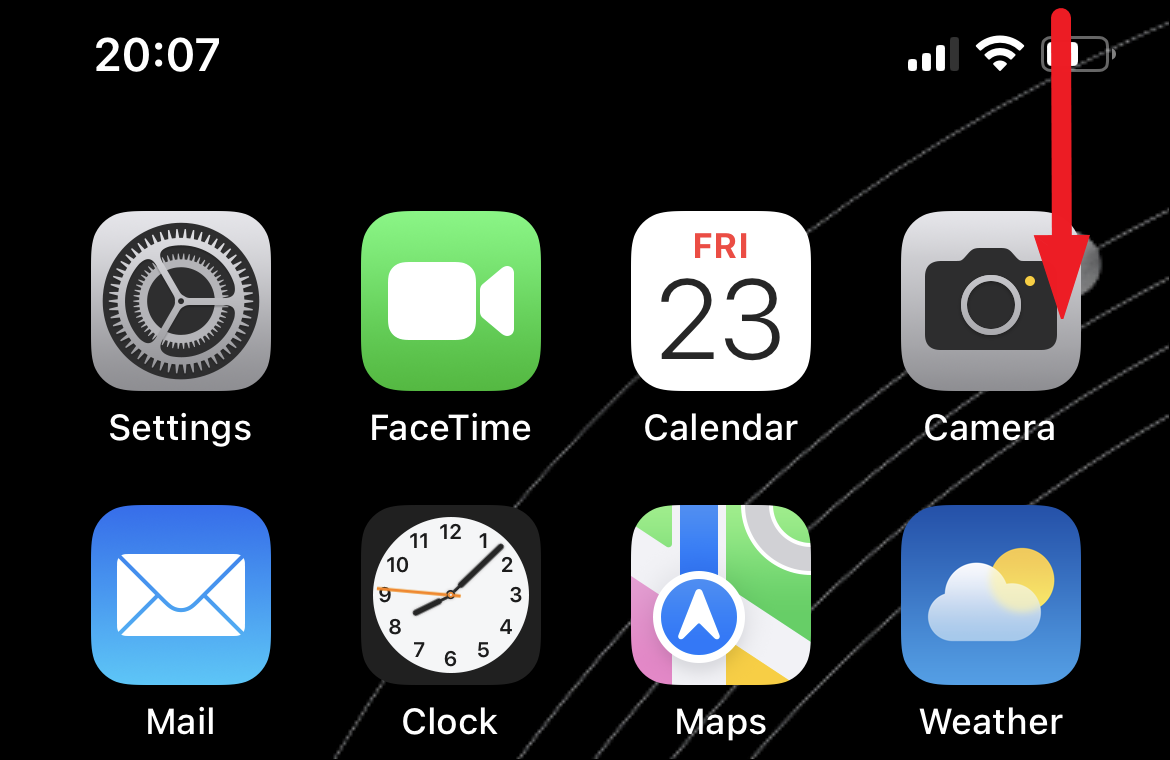
Then, long press the ‘WiFi’ icon. This will bring an overlay window to your screen.
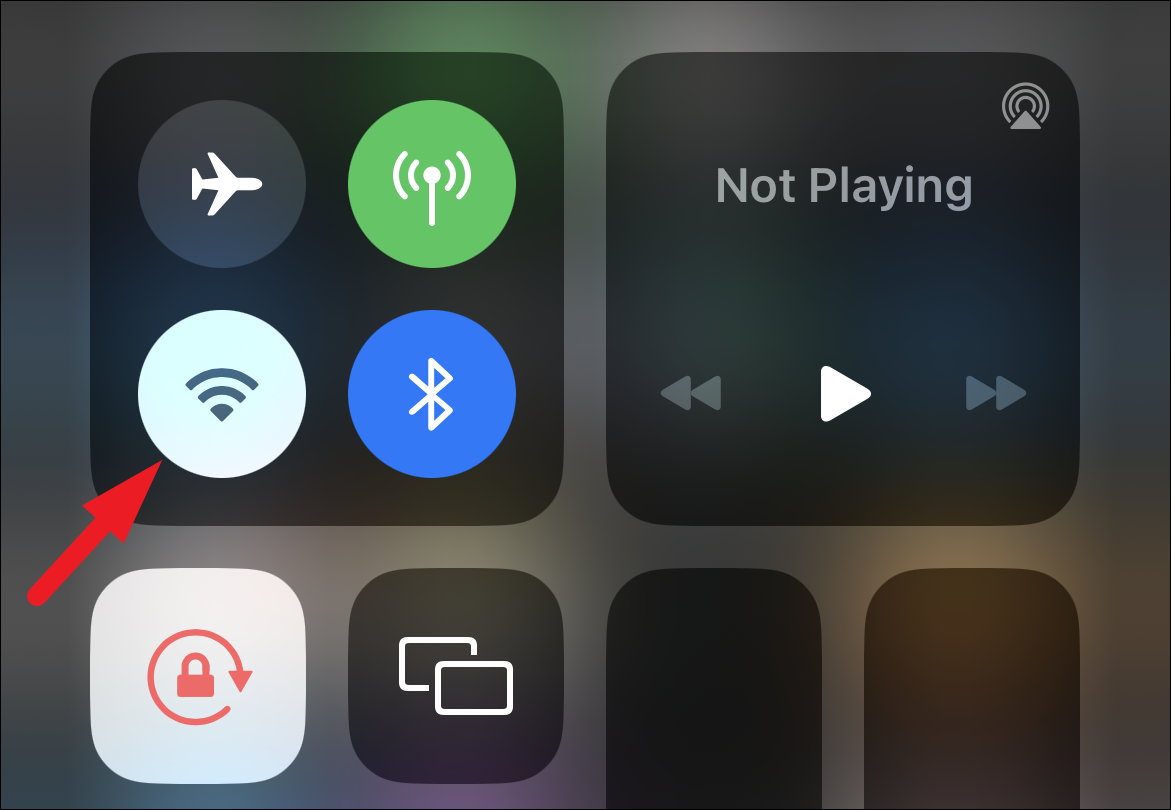
Now, if you see the network you wish to connect to, tap on its name. Otherwise, tap on the ‘Wi-Fi settings’ option.

Once you are on the ‘Wi-Fi’ settings page, locate the Wi-Fi network and tap on it. Then, enter the password to connect to it.
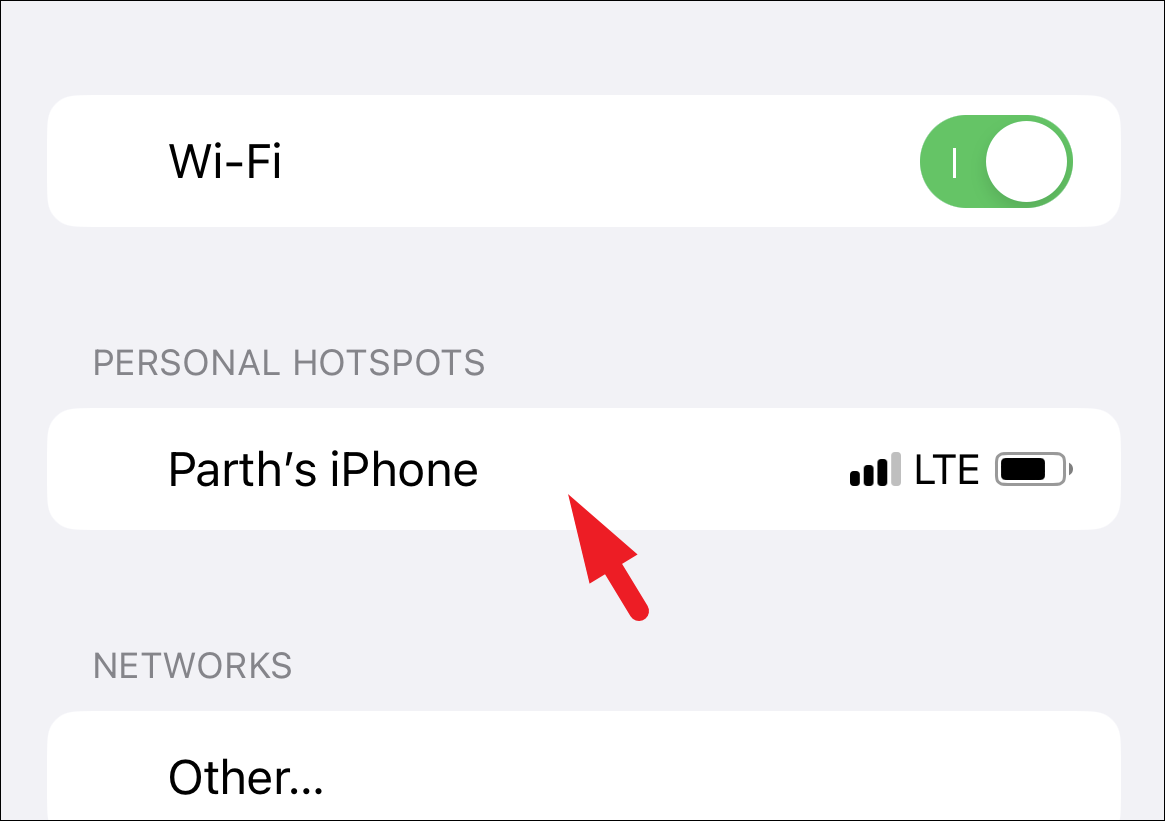
Once connected, again try downloading the app.
Close and Re-Open the App Store
Sometimes the problem is with the App Store itself. And simply closing it from the App Switcher and reopening it again might clear out the underlying issue. Now, try downloading the app again.
Check iPhone Storage
New apps won’t download on your phone if there is not enough storage. And if this is the case, you’ll get a pop-up alert for “Not Enough Storage”. In that case, you’ll need to make some space on your iPhone before you can download any more apps.
Check out our in-depth guides for freeing up space on iPhones and also clearing the System data that hogs up unexplained storage.
Prioritize the Download
From the Home Screen or the App Library, touch and hold the app you are having trouble downloading. Then, select ‘Prioritize Download’ from the menu.
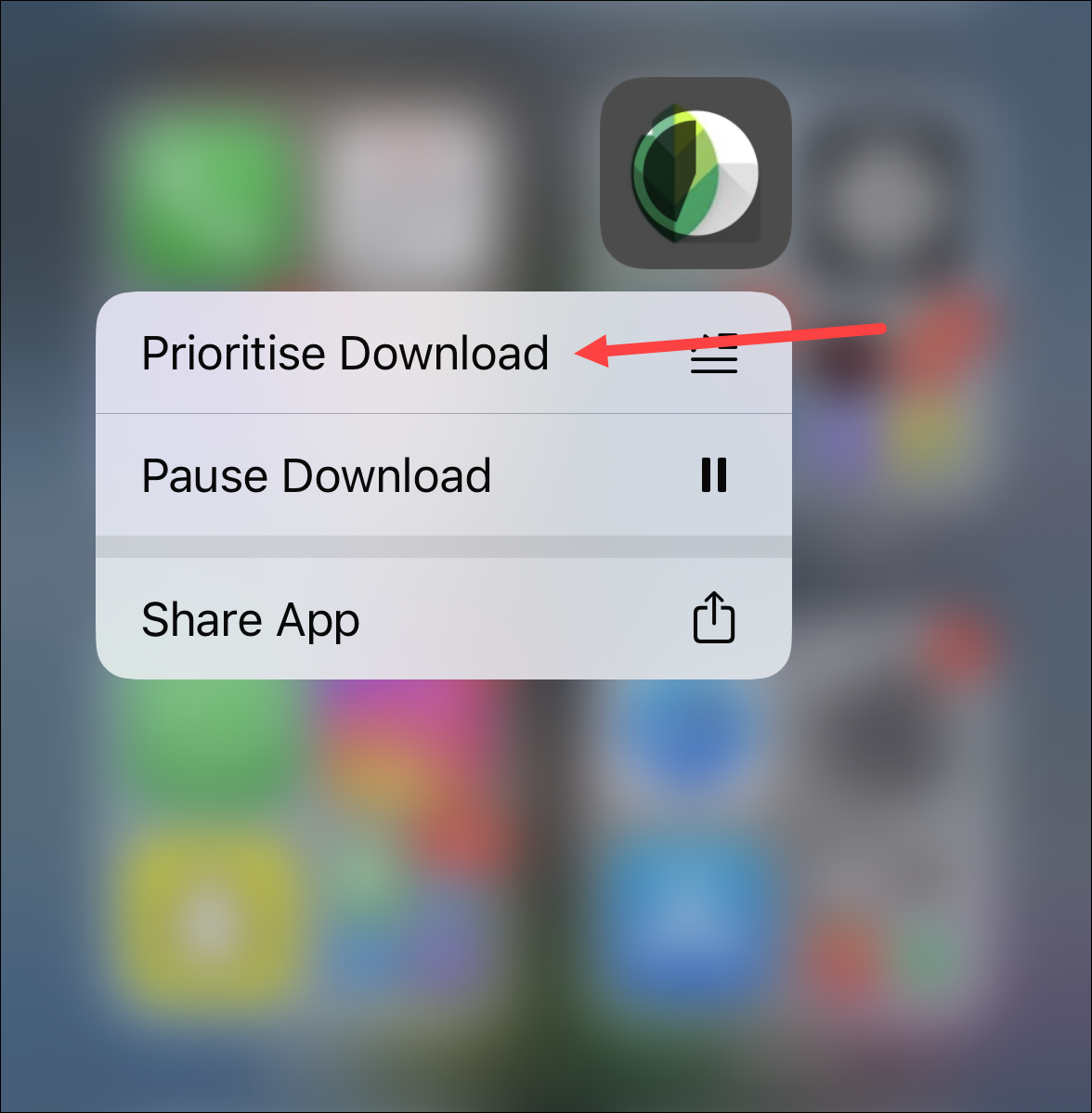
If the app still doesn’t download, move on to another fix.
Close All Apps and Force Restart your iPhone
An elementary yet powerful fix but often overlooked. If the issue on your device is caused by some software bug or any third-party app, a simple restart will likely resolve the issue. First, close any open apps from the app switcher and then restart your iPhone.
Force Restart iPhone with Face ID, iPhone 8, and SE (2nd Gen)
The newer iPhones have a different process of force restarting them when compared to the earlier released models from Apple.
To force restart the aforementioned iPhone, first, quickly press and release the ‘Volume up’ button located on the left side of your iPhone. Then, similarly, quickly press and release the ‘Volume down’ button. After that, press and hold the ‘Lock/Side’ button until the Apple logo appears on your screen. Once the logo appears, release the side button.

Force Restart iPhone 7
This generation of iPhone receives special treatment by being the only one not sharing the process of force restarting the phone with any other generation of iPhones. However, it is as simple to force restart an iPhone 7 as it is to restart any other model of an iPhone.
To force restart an iPhone 7, press and hold the ‘Lock/Side’ button and ‘Volume down’ button together until the Apple logo appears on your screen. Once the logo appears, release both buttons.

Force Restart iPhone 6, 6s, and SE (1st Gen)
The iPhones mentioned above are the last ones that need the ‘Home’ button to force restart them. That being said, using the ‘Home’ button to force restart the iPhone only makes the matter much simpler relatively.
To restart them, press and hold the ‘Lock/Side’ button and the ‘Home’ button together on your iPhone until the Apple logo appears. Once you see the logo on your screen, release both buttons.
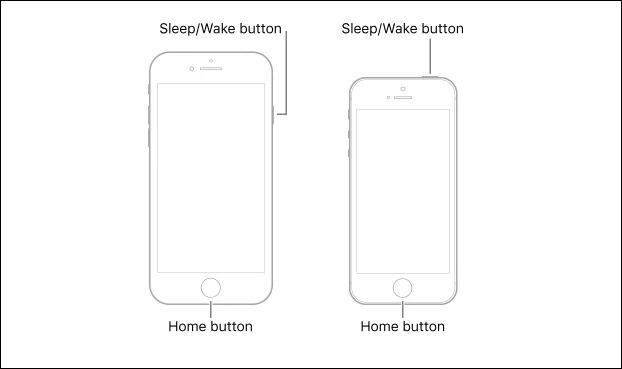
Once restarted, head to the App Store and check if you can download the apps now. Otherwise, head on to the next fix.
Update your Device
Typically iOS makes sure that it keeps the device updated. However, if you have not updated your iPhone in a long time, that could also be the reason you are not able to download apps as newer versions of apps require the latest software to work properly.
First, head to the ‘Settings’ app either from the Home Screen or the App Library of your device.

Then, tap on the ‘General’ option from the list to continue.

After that, tap on the ‘Software Update’ tab from the list.

Now, iOS will check for a software update. If there is one, tap on the ‘Download & Install’ button to proceed.
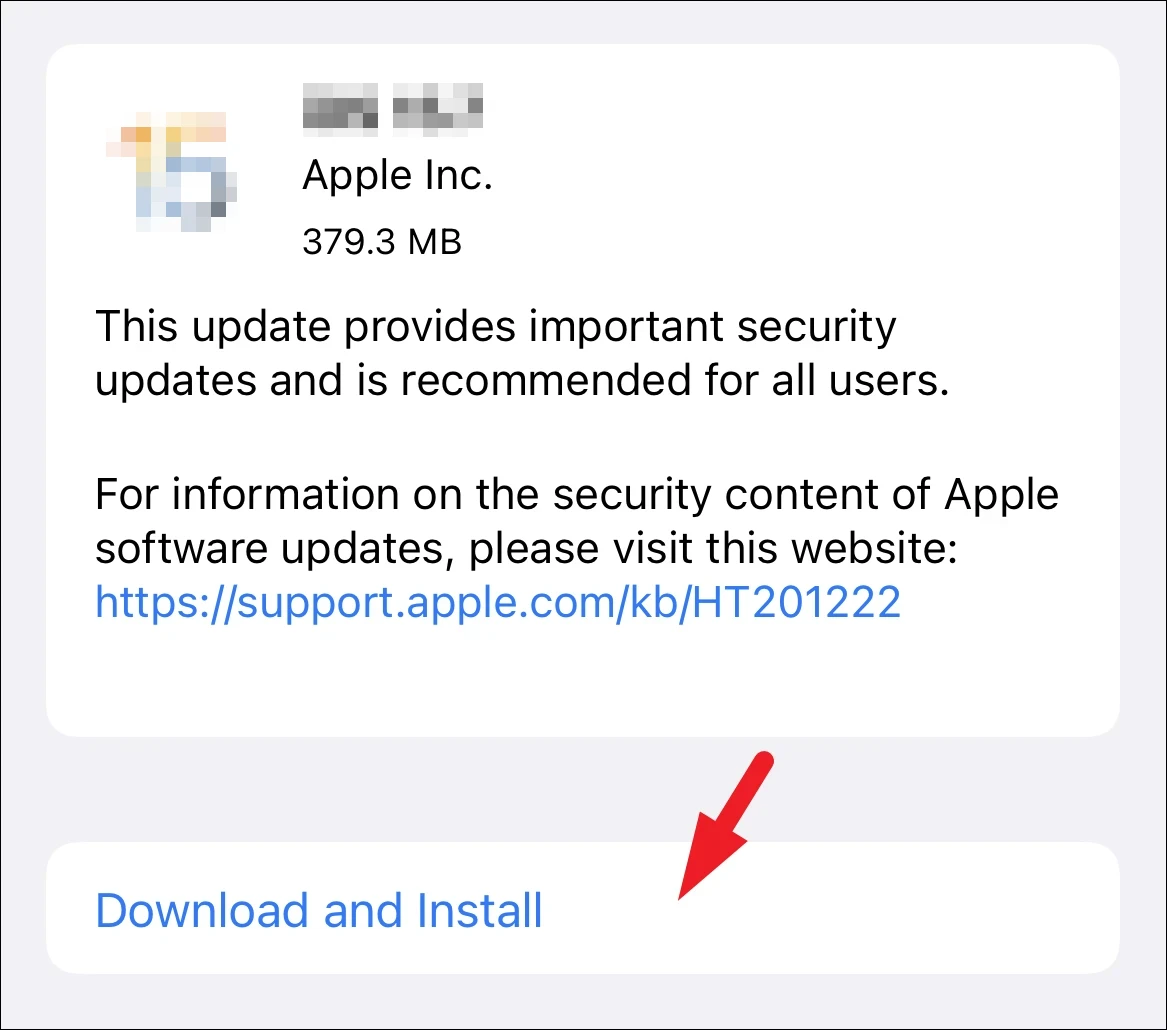
After updating your device to the latest iOS, check if you can download the apps now.
Make Sure you have a Payment Method Connected
You might need to add a payment method to your Apple account even if you are purchasing a free app. In addition to that, the download may also fail if your added payment method is expired.
To add a payment method or make sure there is one, head to the ‘Settings’ app either from the Home Screen or the App Library.
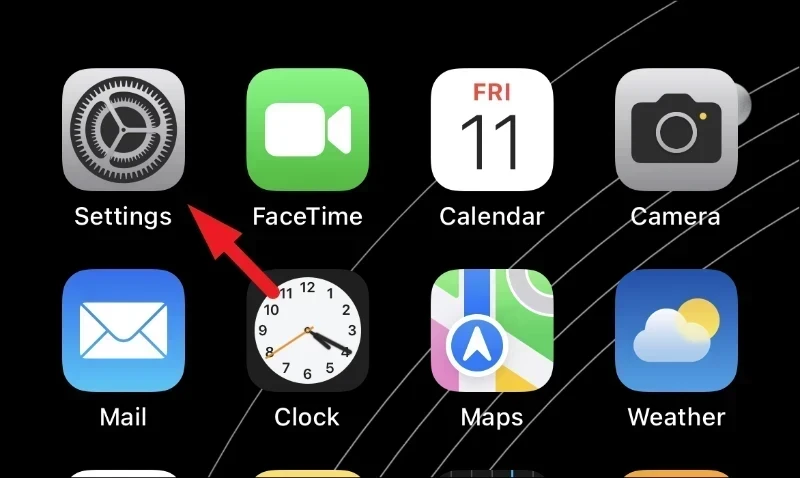
Then, tap on the Apple ID card at top of the page.

Next, tap on the ‘Payment & Shipping’ option.
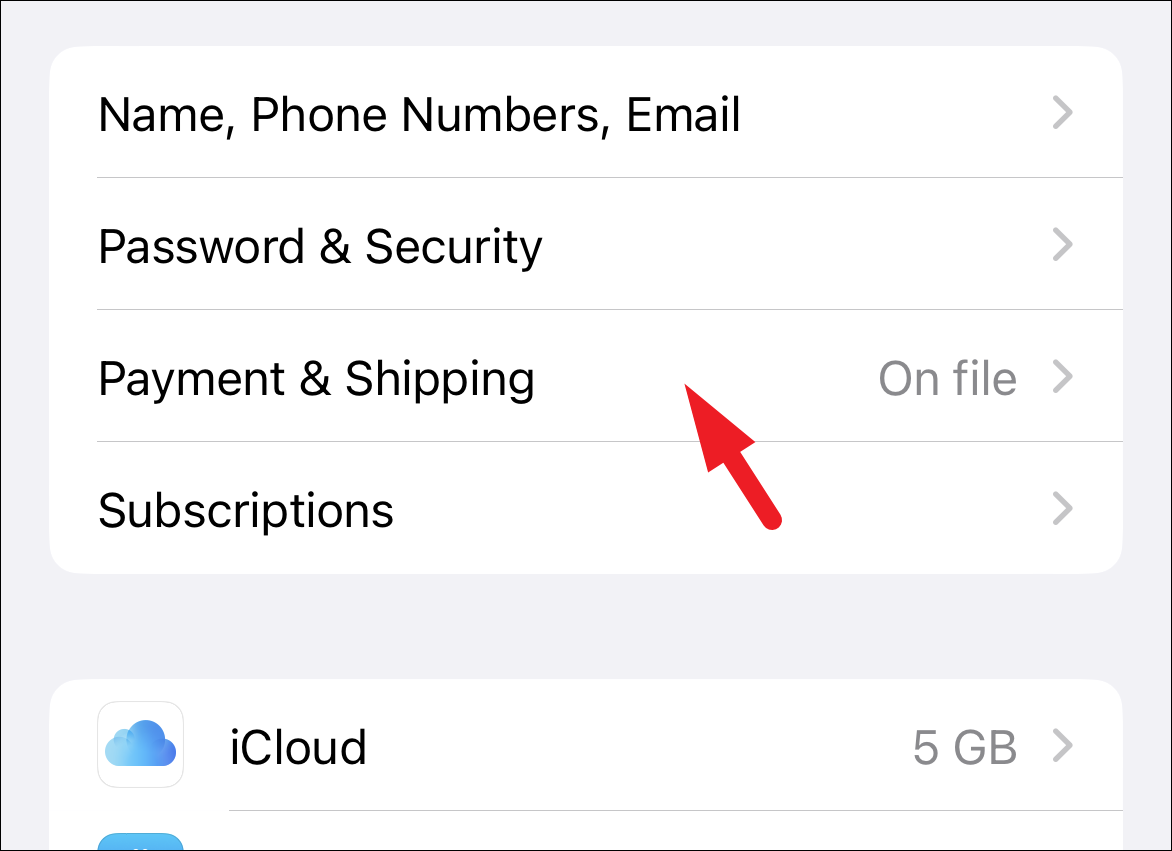
After that, tap on the ‘Add Payment Method’ option to proceed.
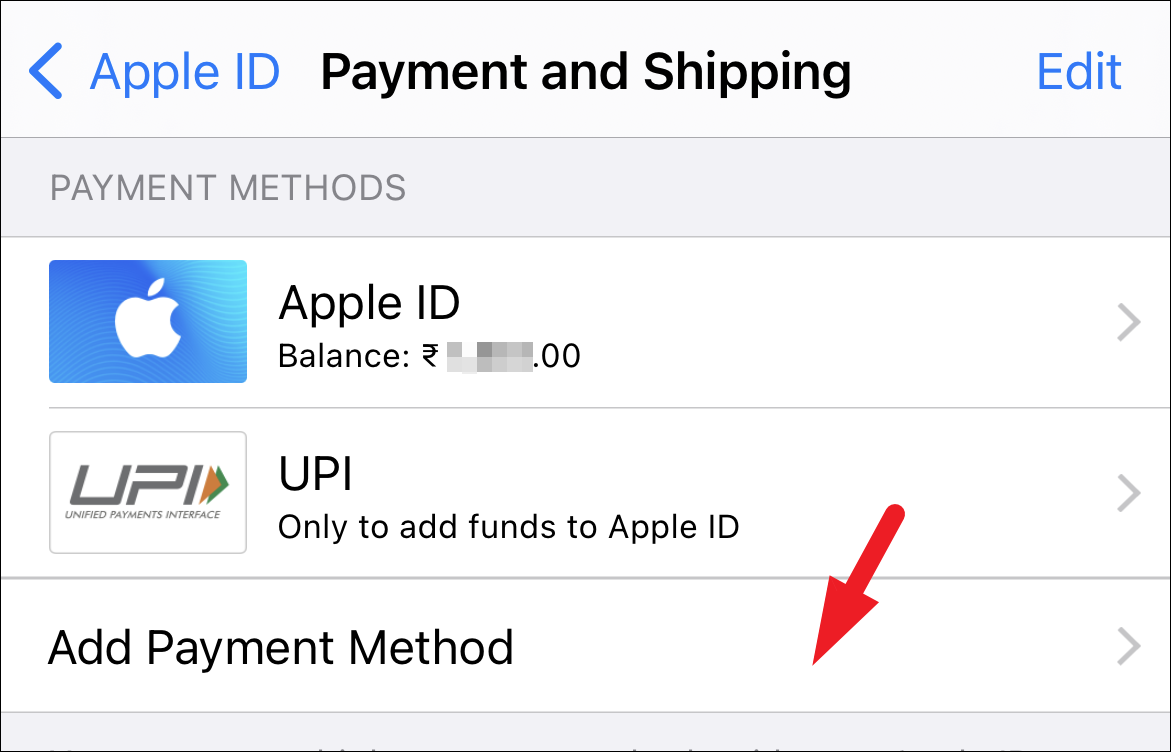
Then, enter the details required and tap on the ‘Done’ button at the top right corner of the screen.
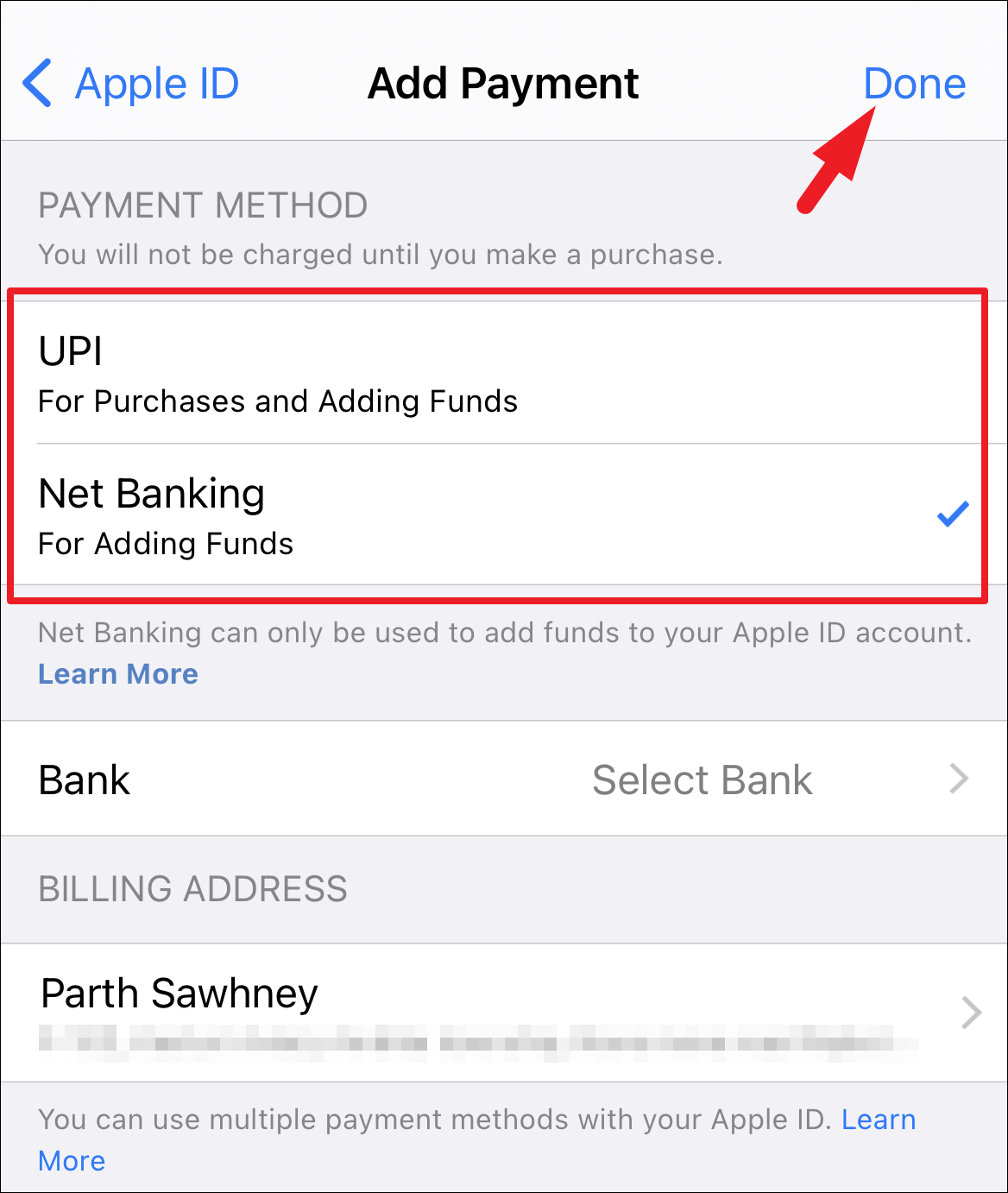
Once the method has been added, try downloading the app again.
Sign Out from the App Store and Sign Back In
If the payment method was already added or you are not able to download the app even after adding a new payment method, a simple sign-out and sign-in could resolve the issue for you.
First, head to the App Store either from the Home Screen or the App Library.

Next, tap on your ‘Account picture’ or initials from the top right corner to proceed.
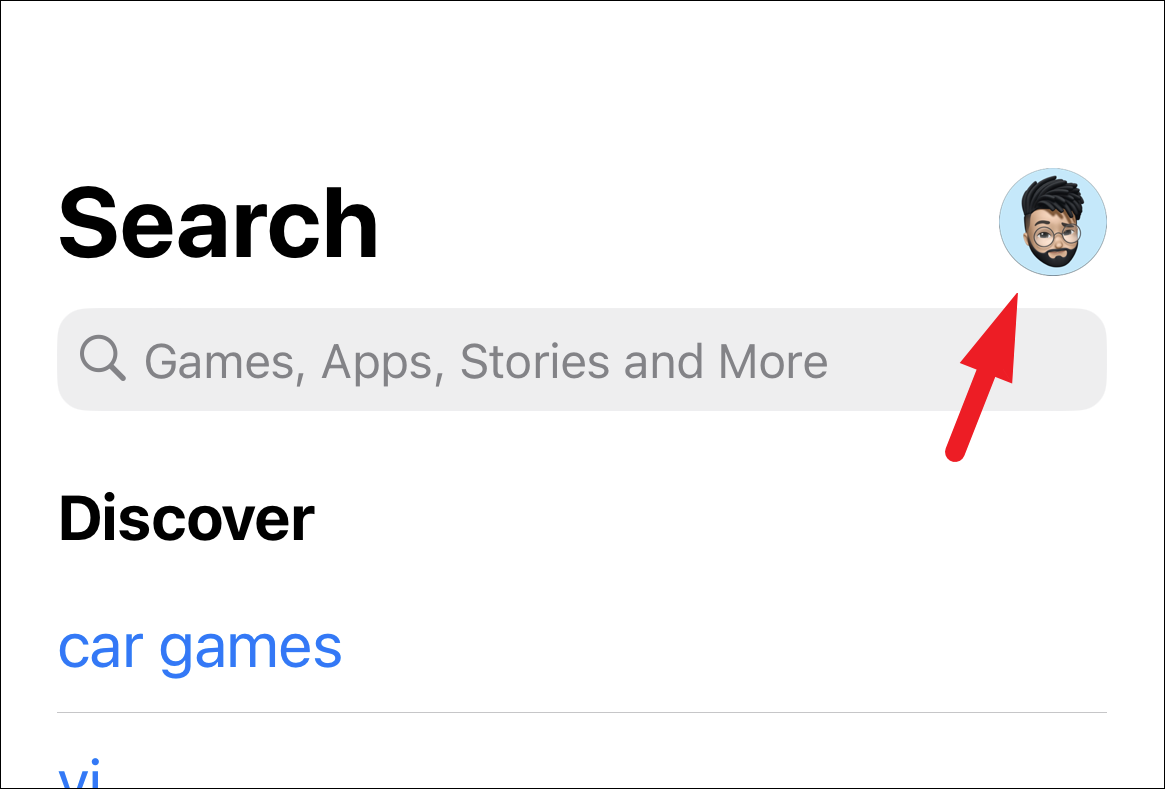
After that, scroll to the bottom of the screen and tap on the ‘Sign Out’ button.
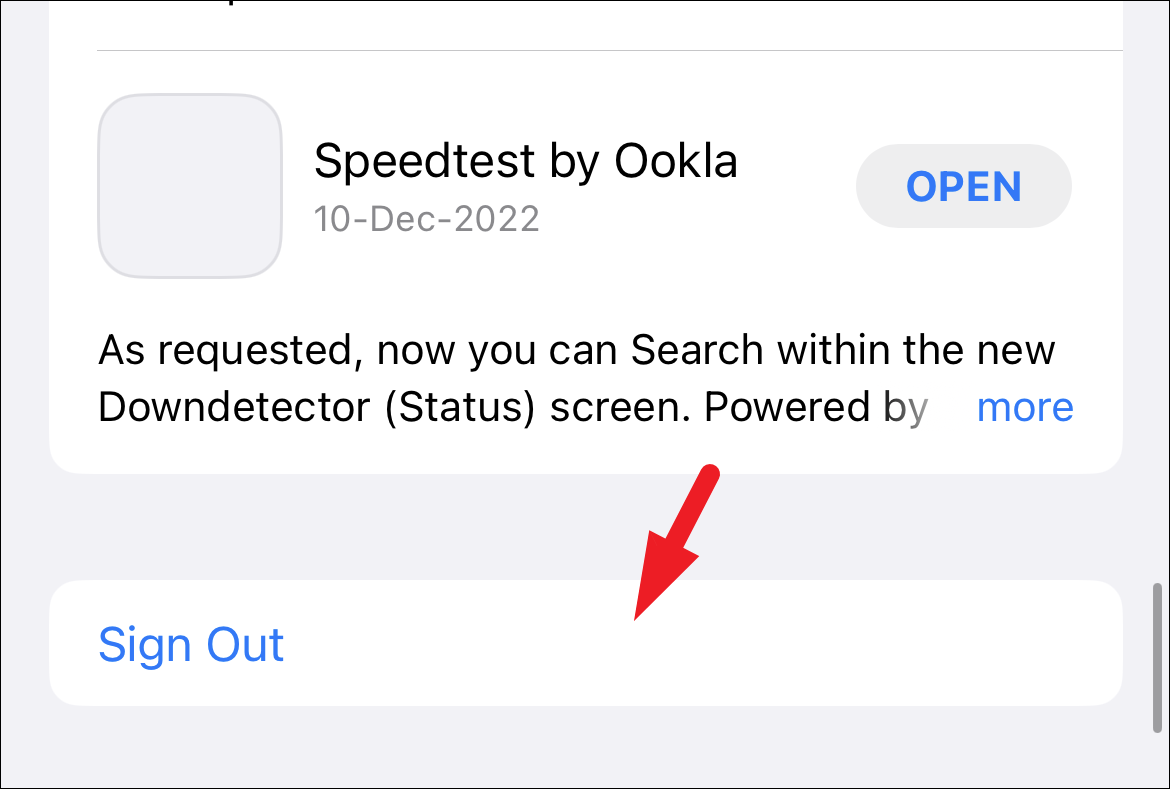
Once signed out, restart your iPhone using the instructions provided previously in this guide. Then, head to the App Store and tap on the ‘Continue’ button.

Next, tap on the ‘Account’ icon to proceed.
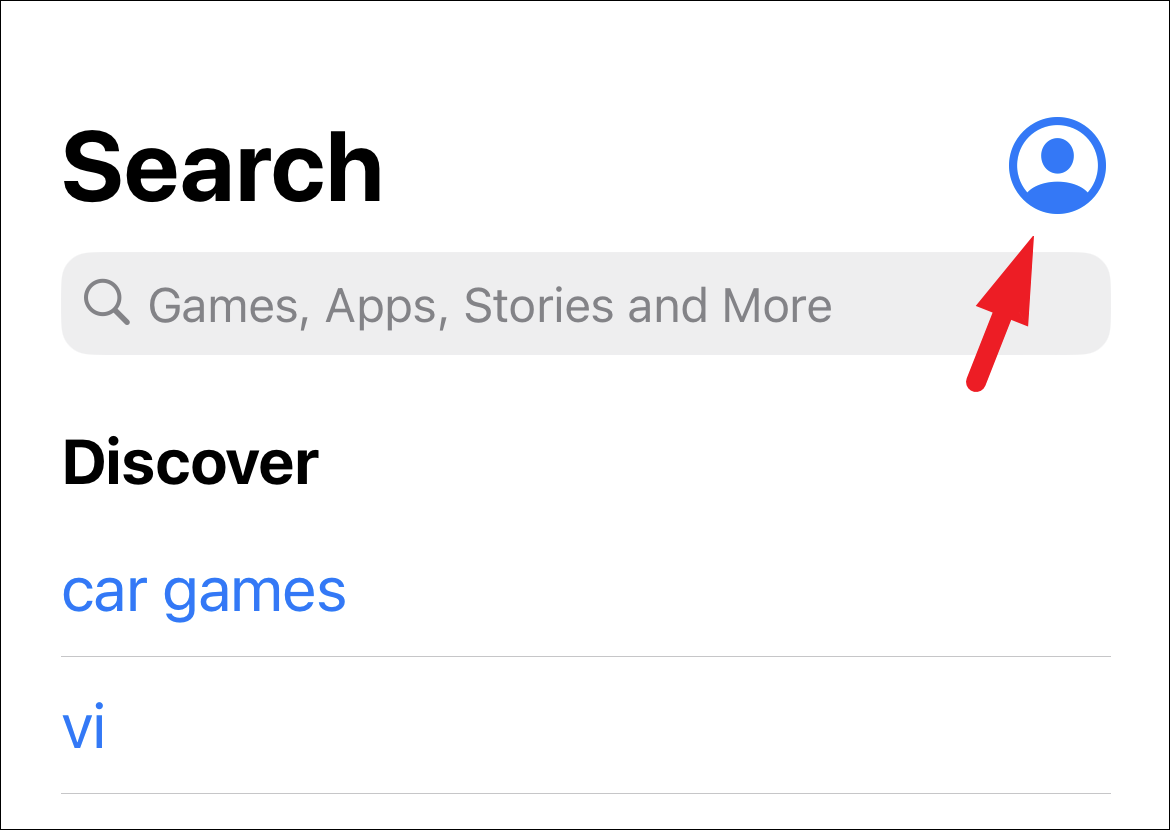
After that, provide the credentials for your Apple ID and tap on the ‘Sign in’ button.
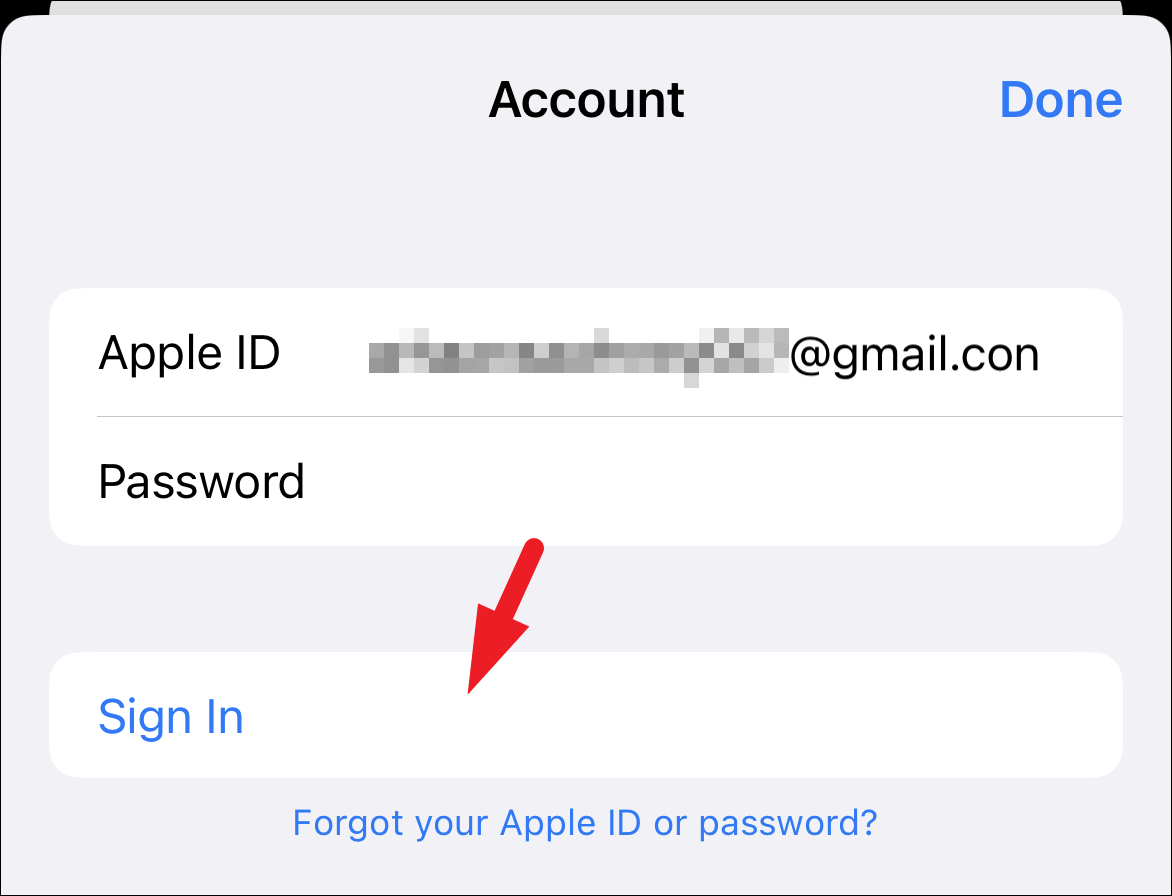
Once logged in, try downloading the app again.
Fix the Date and Time on your iPhone
If your iPhone is displaying the incorrect date and time with respect to your current time zone, it could be the culprit behind the app not downloading issue.
To fix it, first, head to the ‘Settings’ app either from the Home Screen or the App Library.
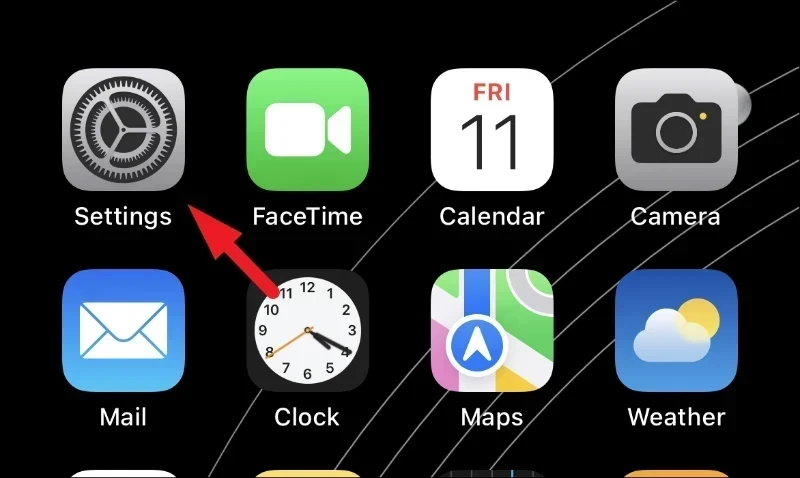
Next, tap on the ‘General’ option from the list to proceed.
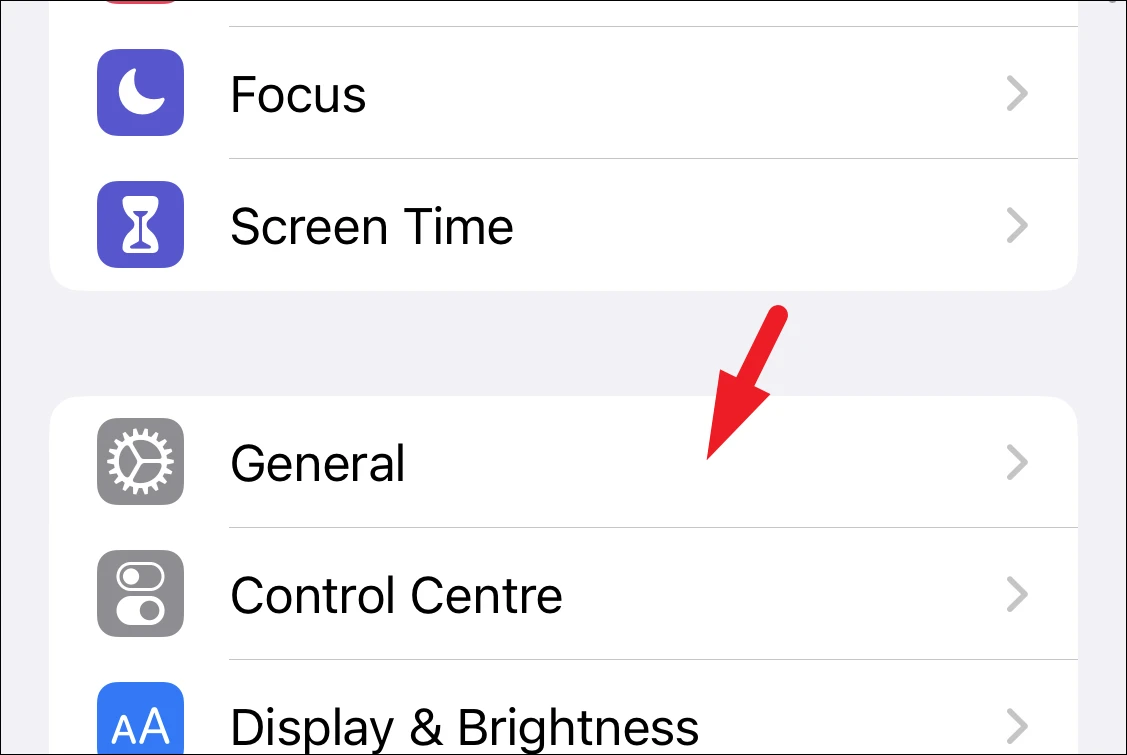
After that, tap on the ‘Date & time’ option to continue.
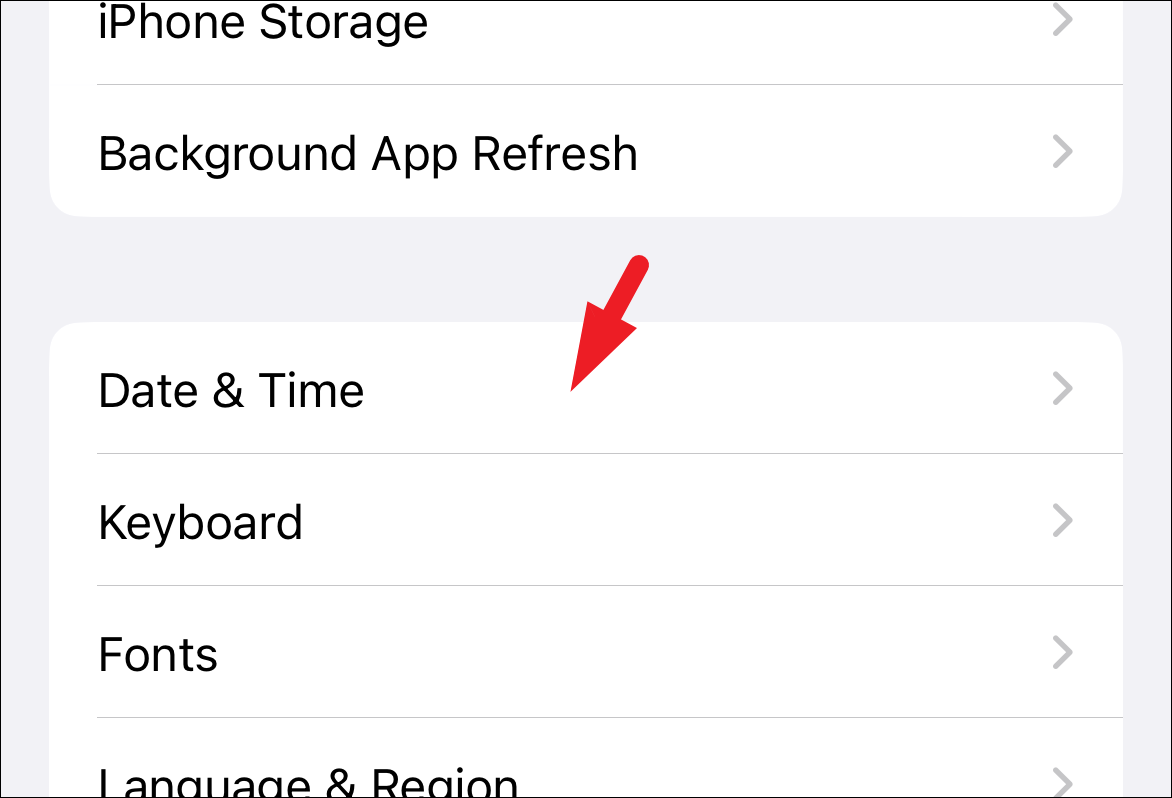
Then, make sure the toggle following the ‘Set Automatically’ option is in the ‘On’ position.

Reset All Settings on iPhone
Improper configuration of iOS settings can also lead to apps not downloading on your device. Hence, resetting all the settings can help you straighten things out.
First, head to the ‘Settings’ app either from the Home Screen or the App Library.

After that, tap on the ‘General’ option from the list to continue.
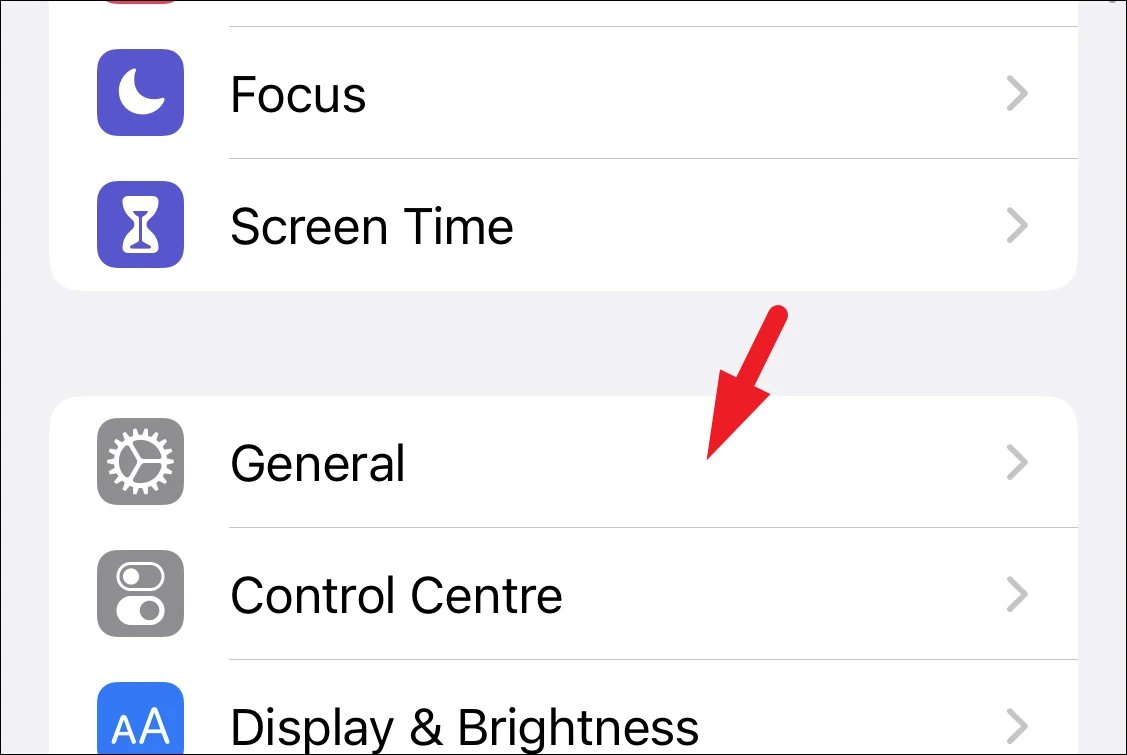
Next, locate and tap on the ‘Transfer or Reset iPhone’ option to continue.

Then, tap on the ‘Reset’ option to continue. This will bring an overlay window to your screen.
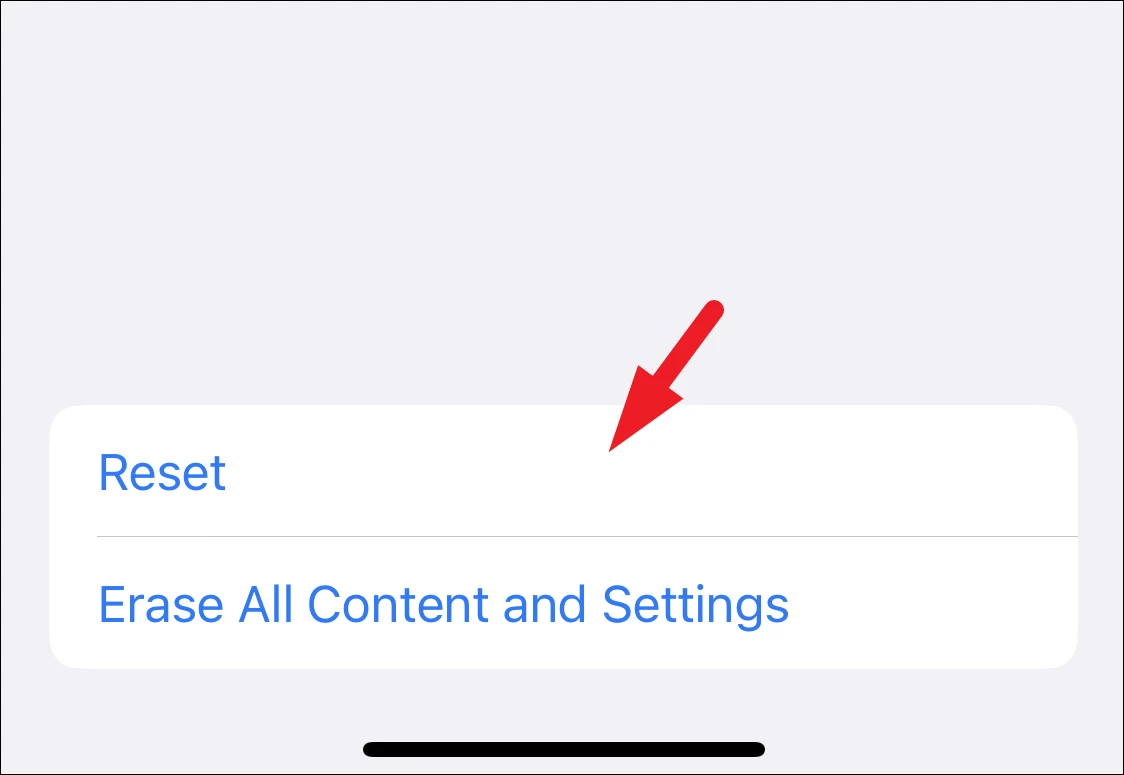
After that, tap on the ‘Reset All Settings’ option. This will restart your iPhone and bring all the preferences back to the factory default.
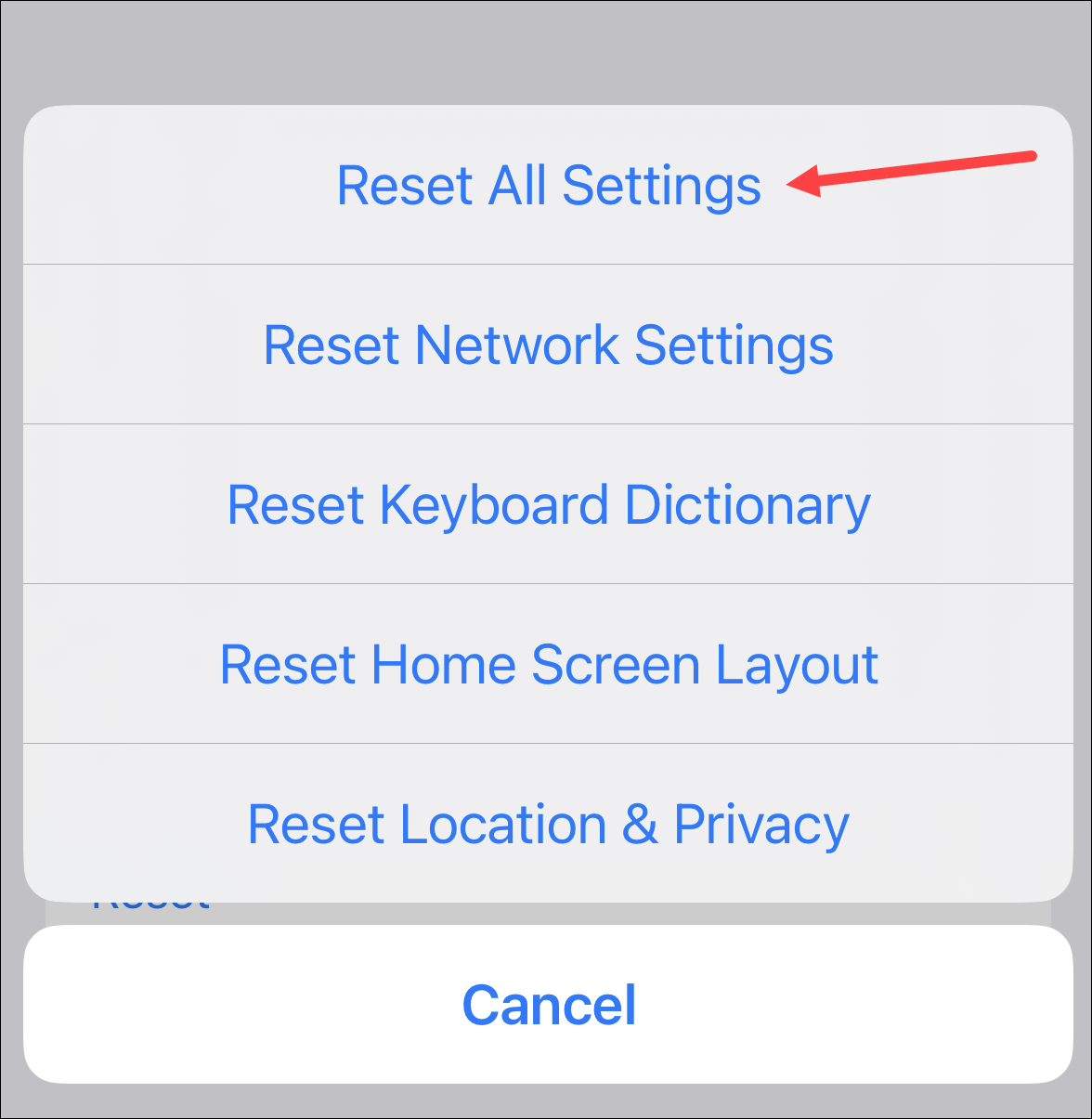
Contact Apple Support
In case no fix has been able to help you till now, contact Apple Support before you think of taking any drastic measures like resetting your iPhone. You can either get their help online using this link or visit the Genius Bar at your local Apple Store to get help in person.
Restore your iPhone Using a Previous Backup
In case you still can’t download apps on your iPhone, you might have to reset your iPhone. Even Apple Support might advise you to do the same thing if none of their other troubleshooting methods work.
Now, if you previously made a backup of your iPhone on iCloud or your Computer before you started facing the issue, you can simply restore your device with that backup. You can even restore your iPhone from the device itself. But if you don’t have a backup from before you started facing the issue, skip to the next section to reset your iPhone.
To restore your iPhone using iCloud, from the Settings screen, tap on the ‘Apple ID’ card to continue.
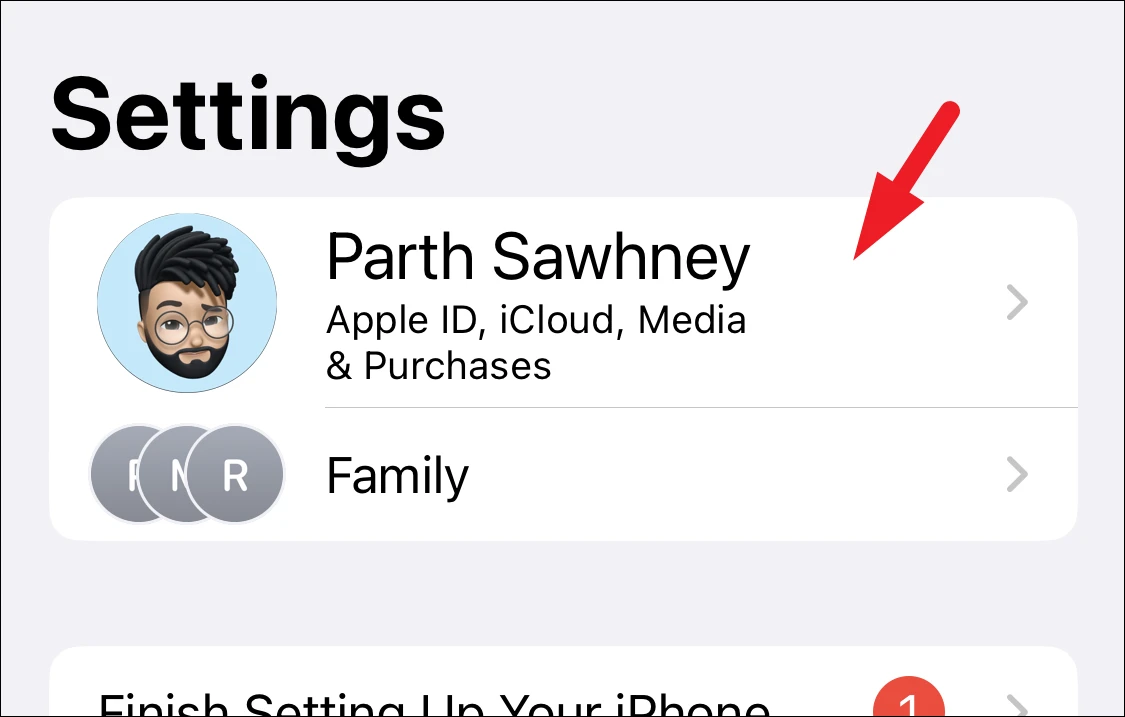
Then, scroll down to the end of the screen, and tap on the ‘Sign Out’ button.
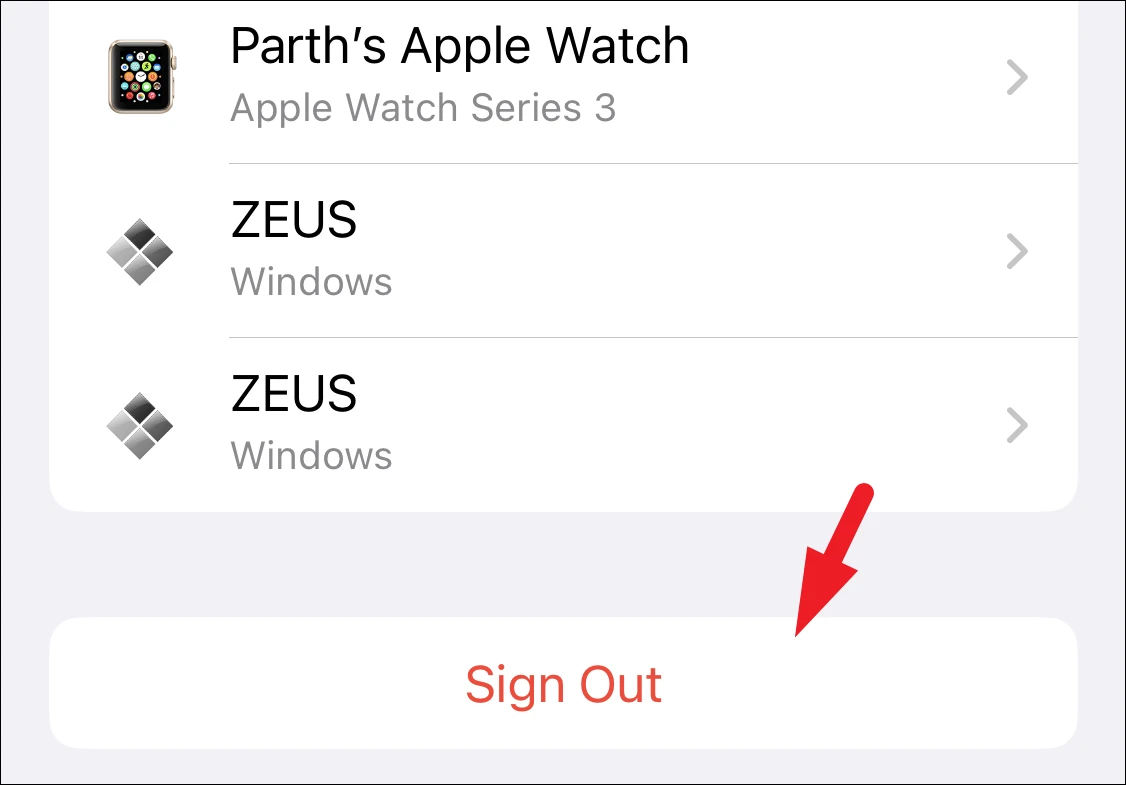
Now, head back to the main Settings screen, and tap on the ‘General’ tab.

After that, tap on the ‘Transfer or Reset iPhone’ option from the bottom of the page to continue.
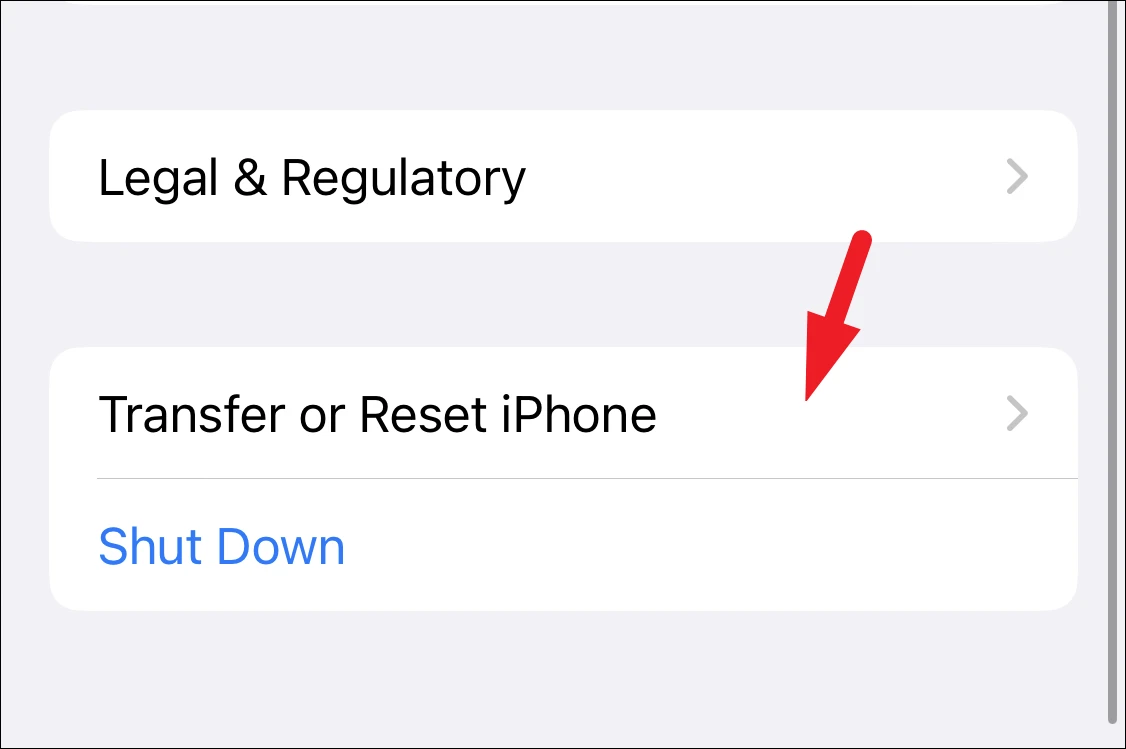
Next, tap on the ‘Erase all content and settings’ option to continue. This will bring an overlay menu to your screen.
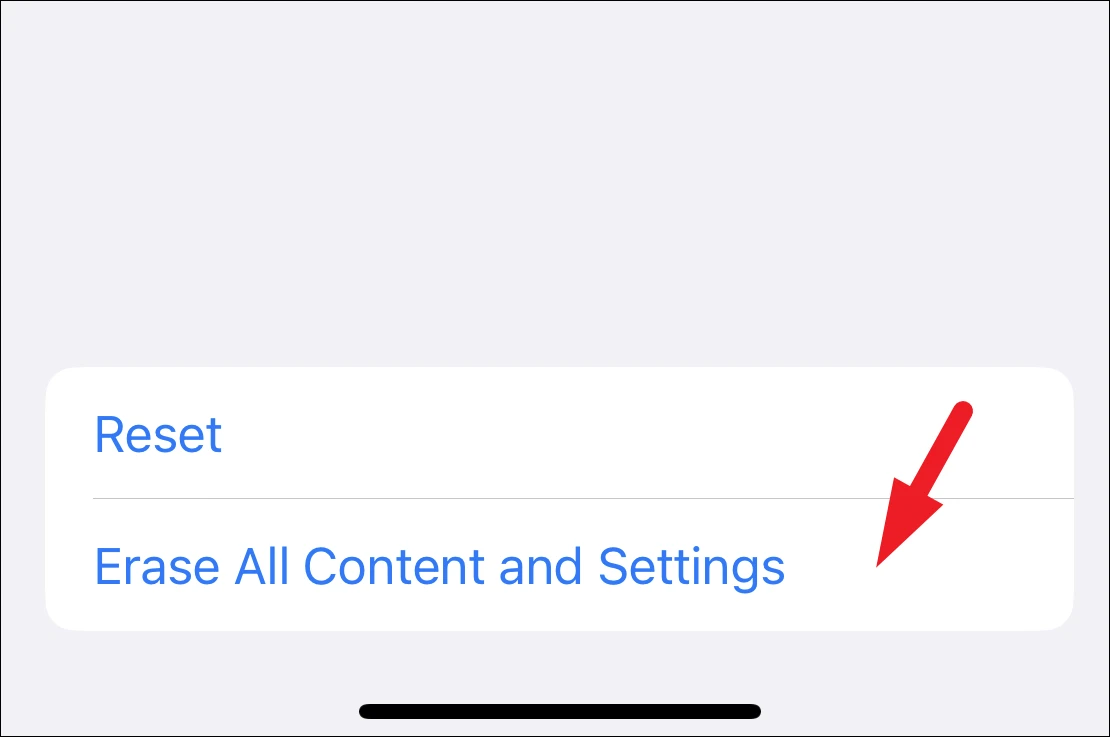
Then, tap on the ‘Continue’ button.

On the next screen, your iPhone will upload the data to iCloud. Since this essentially is a backup and we do not wish to overwrite the existing one that was made before you started facing the issue, tap on the ‘Skip Backup’ button to continue.

After that, provide credentials for your Apple ID and tap on the ‘Turn Off’ button to proceed.

Now, from the pop-up menu, tap on the ‘Erase iPhone’ option to completely wipe all data from your iPhone. Once the iPhone restarts, go through the initial setup, and once you reach the ‘Apps & Data’ screen, tap on the ‘Restore from iCloud Backup’ option to continue.
To restore your iPhone using iTunes, first, make sure you have connected your iPhone to your computer. If you receive a prompt on your device, tap on the ‘Trust’ option.
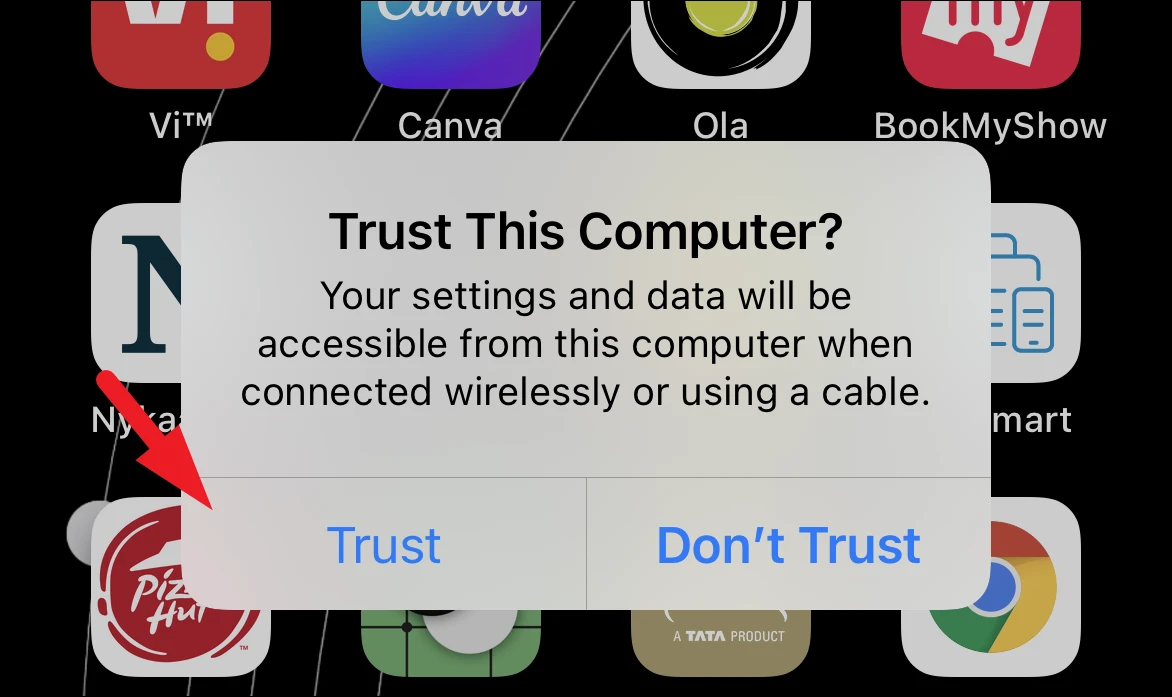
Then, on the iTunes screen, click on the ‘Device’ icon to proceed.

After that, click on the ‘Restore iPhone’ button to continue. This will bring an overlay window to your screen.

Next, choose the backup you are sure did not have the issue and then click on the ‘Restore’ button to initiate the process.
Factory Reset your iPhone
If none of the methods have worked till now, the last resort is to factory reset your device. You can either reset it from the device itself or you can use iTunes on your computer to do so. For your ease of convenience, we have mentioned both methods below.
To reset your iPhone using the device itself, head to the ‘Settings’ app either from the Home Screen or the App Library.

Then, tap on the ‘Apple ID’ card to continue.

Next, tap on the ‘iCloud’ option from the list.

Next, scroll down to the end of the screen, and tap on the ‘Sign Out’ button.
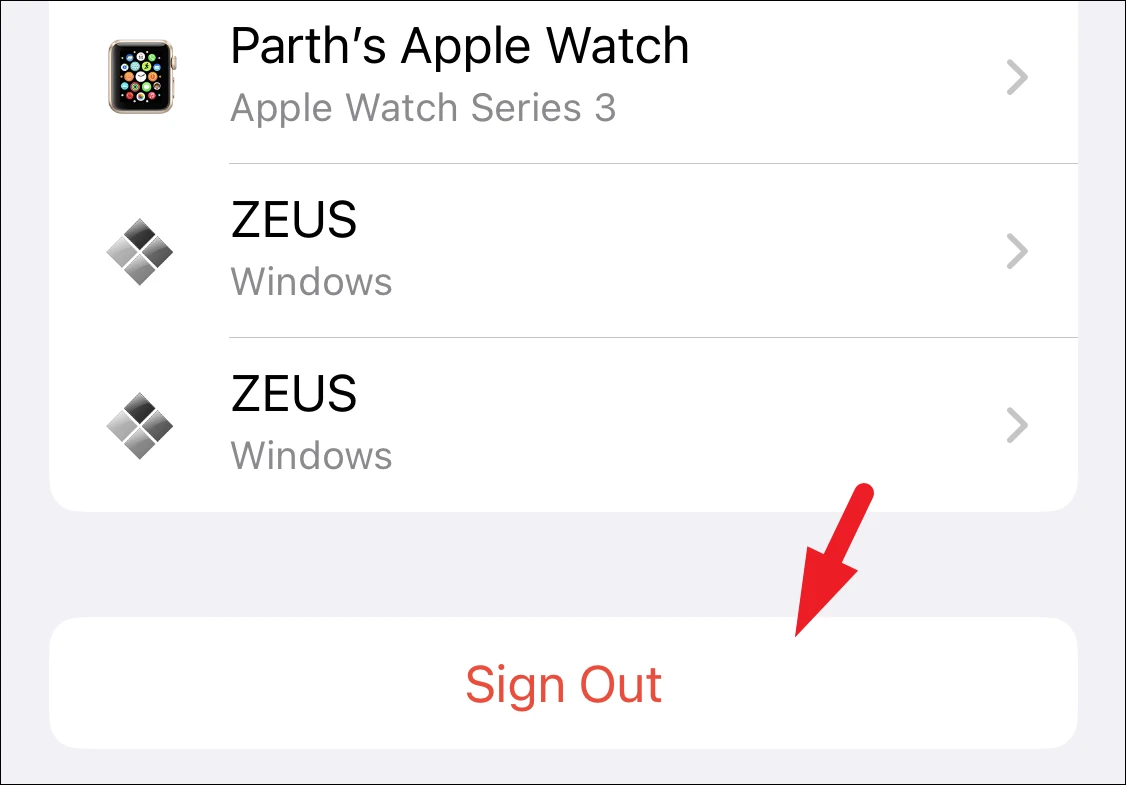
Now, head back to the main Settings screen, and tap on the ‘General’ tab.

After that, tap on the ‘Transfer or Reset iPhone’ option from the bottom of the page to continue.
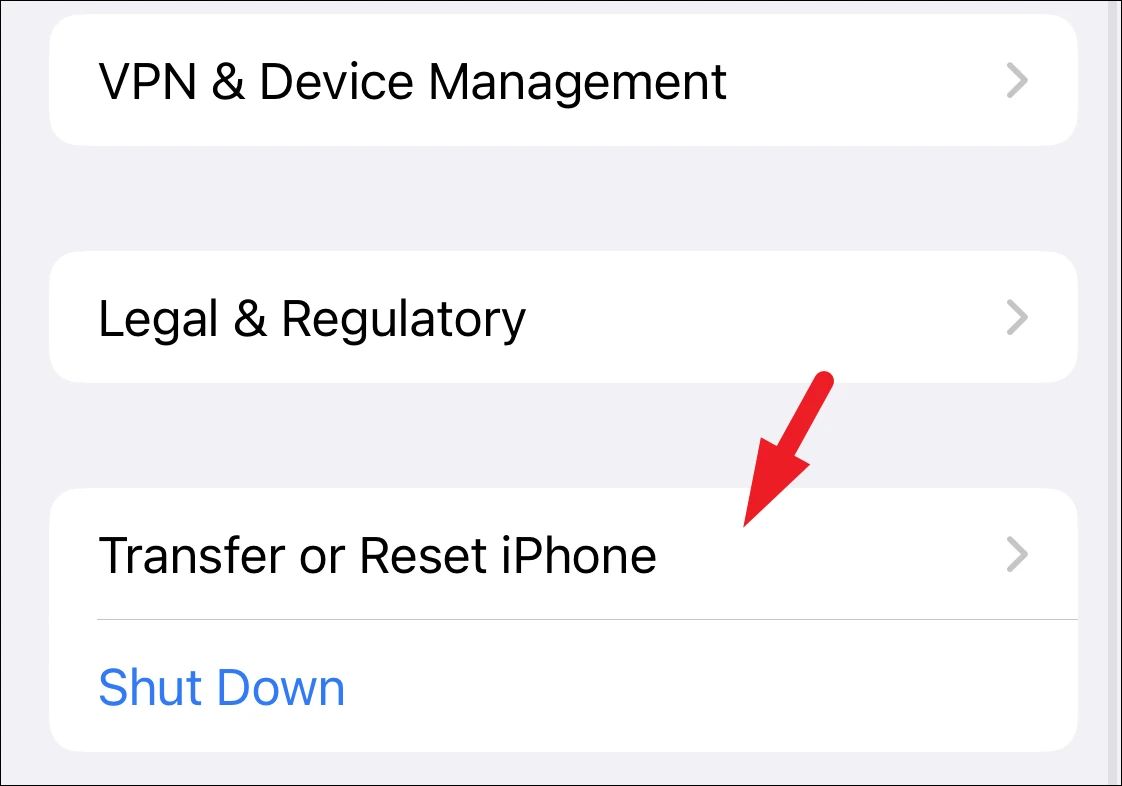
Then, tap on the ‘Erase all content and settings’ option to continue. This will bring an overlay menu to your screen.
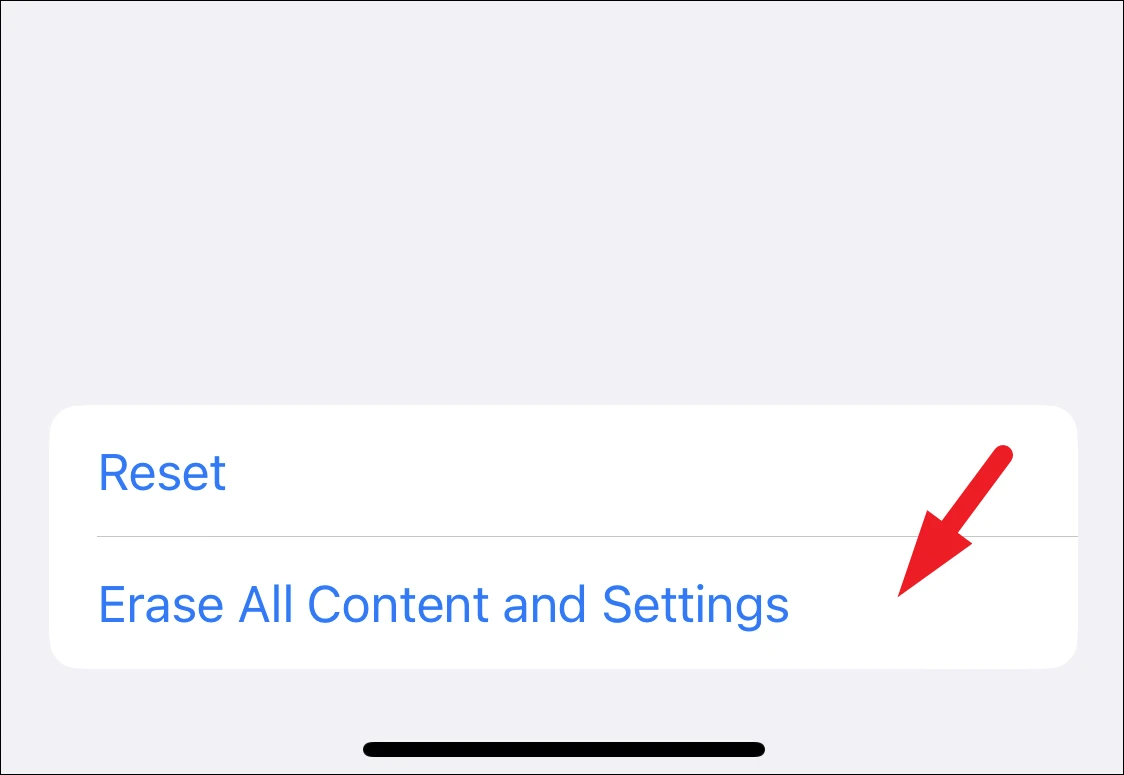
Next, tap on the ‘Continue’ button.
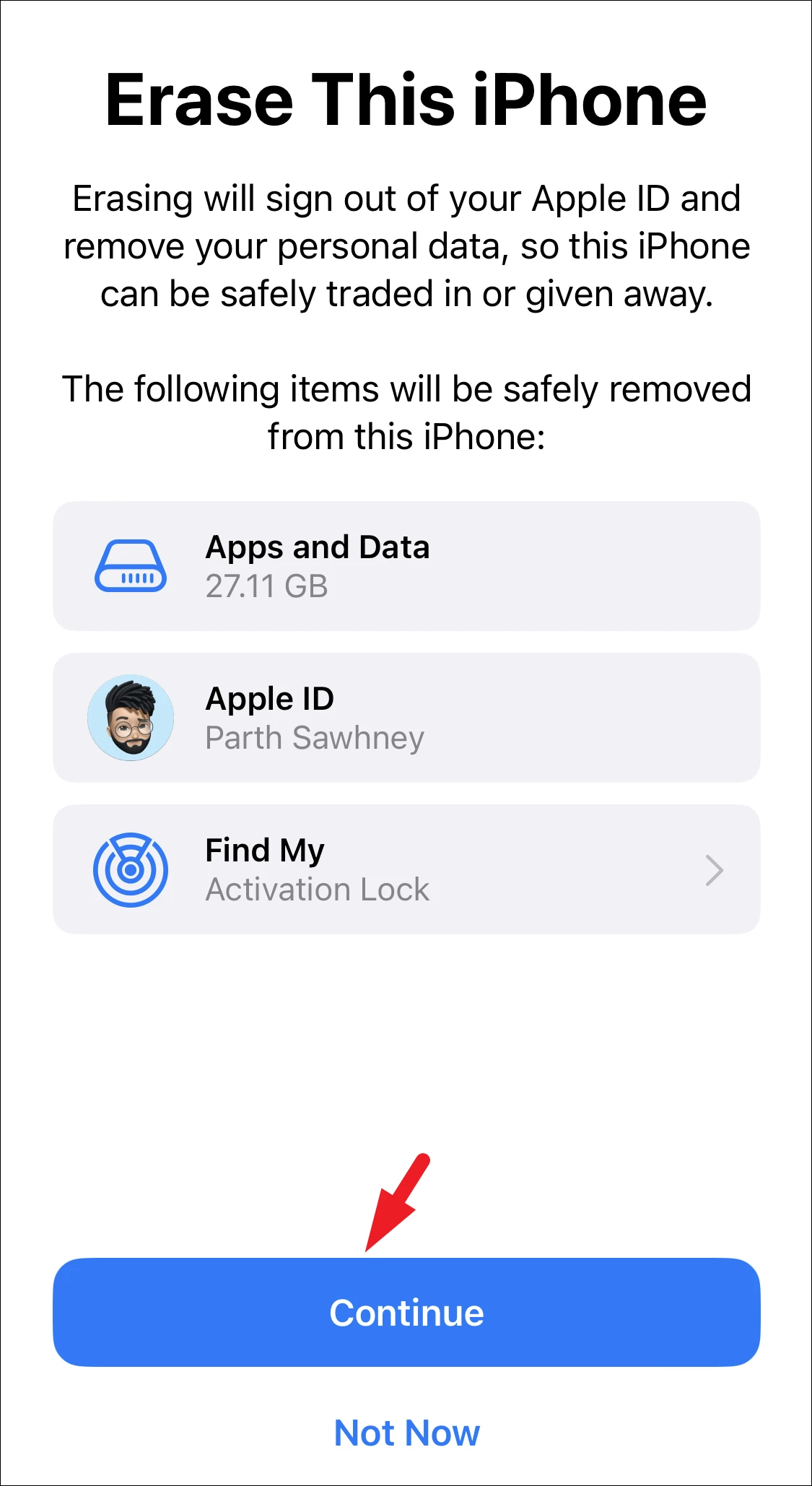
After that, enter your device passcode to continue. Then, enter the password for your Apple ID and tap on the ‘Turn Off’ option to disable the Find My and Activation Lock.
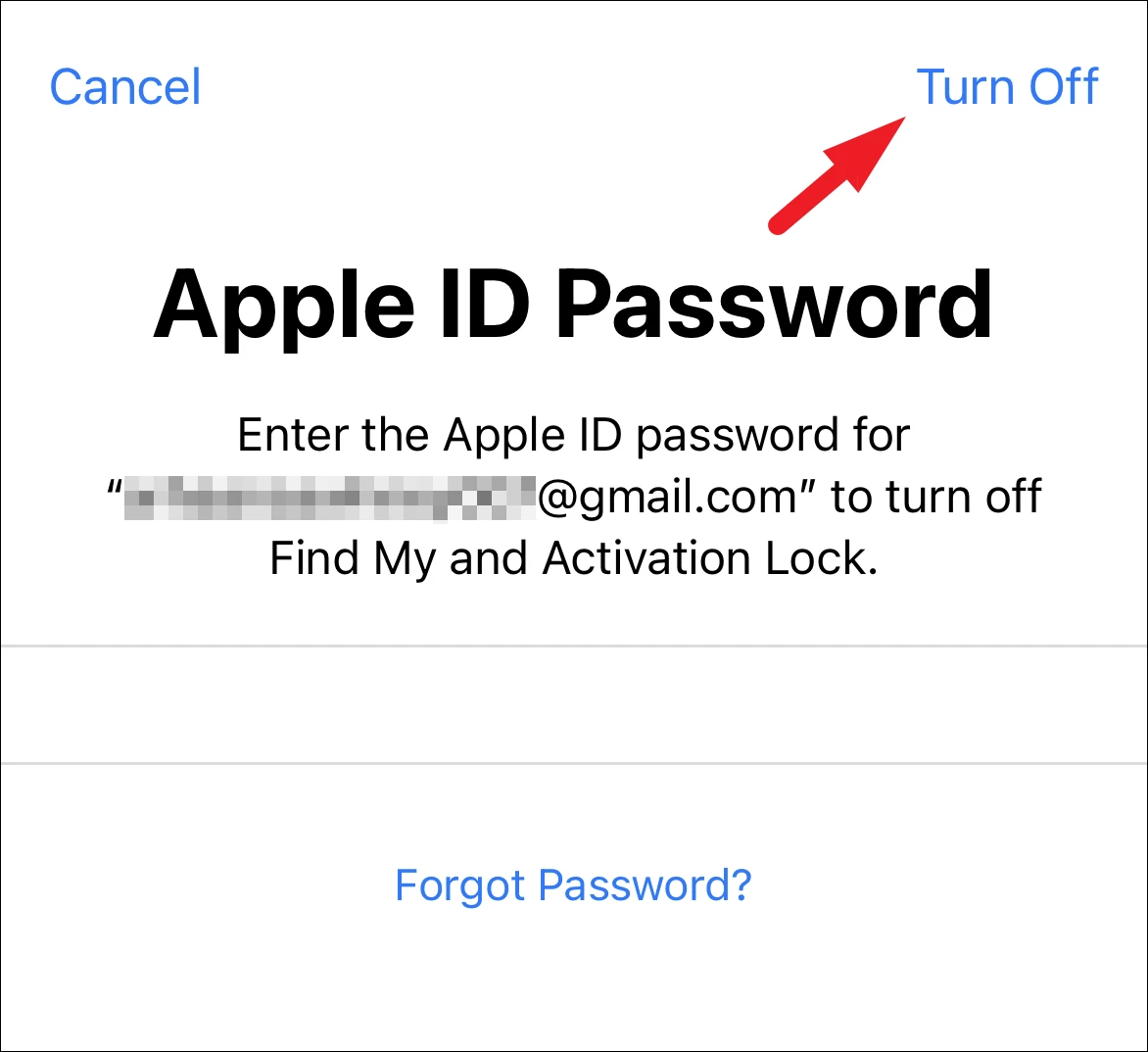
Finally, if you have an eSIM installed on your iPhone (which is the only option in the US) tap on the ‘Erase Data and keep eSIMs’ so you do not have to set up the eSIM again on the device. In case you are in a part of the world where the iPhone supports a physical SIM, tap on the ‘Erase all’ option to initiate the reset.
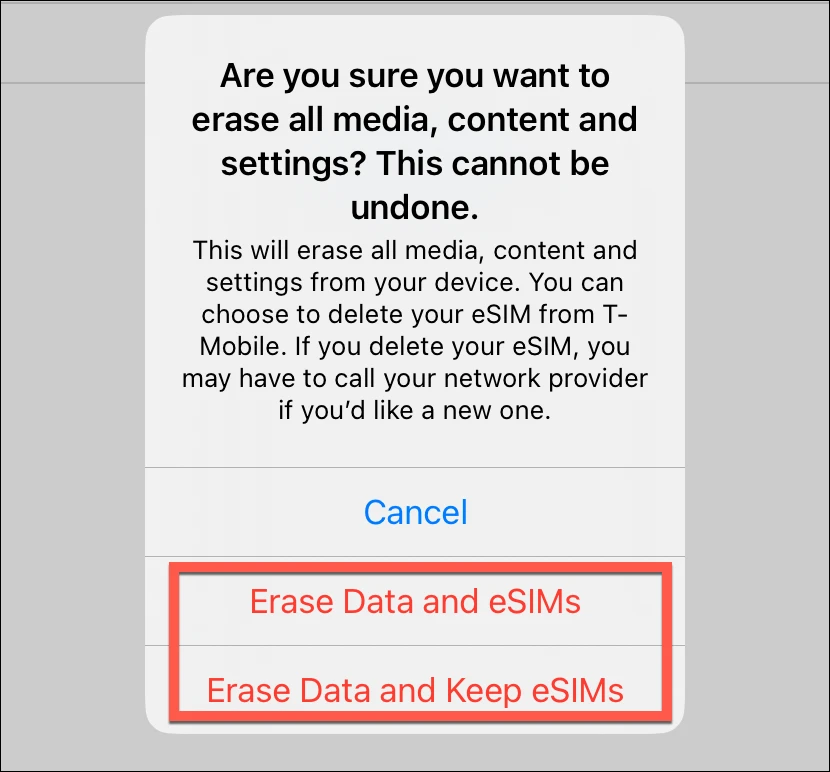
To Factory Reset using iTunes, make sure you have connected your iPhone to your computer. In case you receive a prompt on your iPhone, tap on the ‘Trust ‘ option to continue.

Then, on iTunes, click on the ‘Device’ icon.
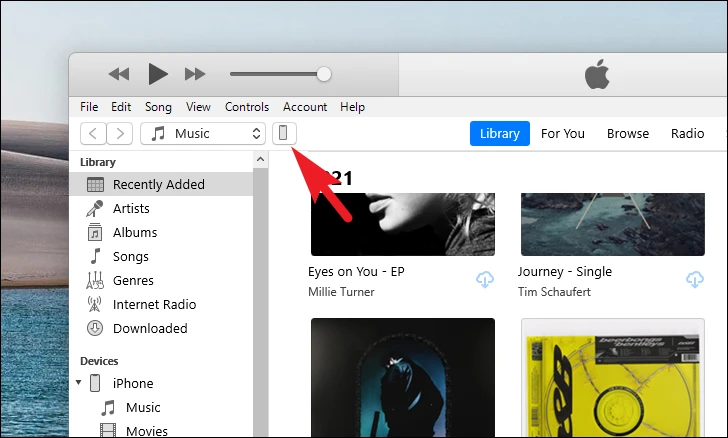
If you are on a macOS device, click on the ‘Finder’ icon from the Dock.

Next, tap on your device name from the navigation bar on the left of the screen.
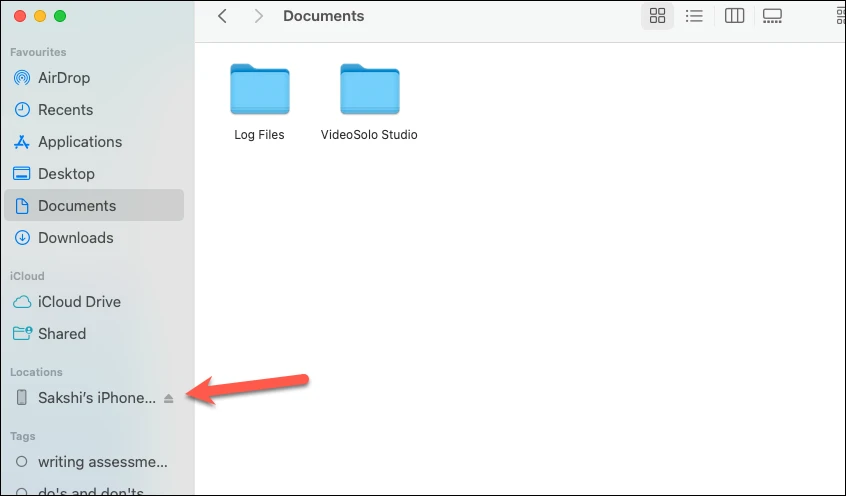
The following steps are similar in both operating systems. However, the placement of buttons may vary.
Next, tap on the ‘Restore iPhone’ button to continue. This will bring a separate window to your screen.

Now, click on the ‘Restore as new iPhone’ option to confirm.
iPhone not downloading apps can leave you very frustrated and hamper your productivity. Thankfully, using the above-mentioned methods, you can easily fix the issue on your device.


